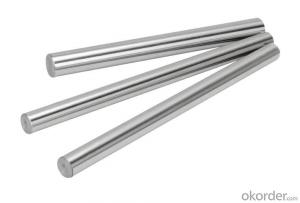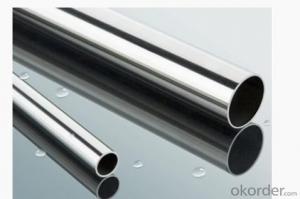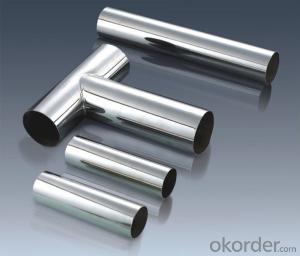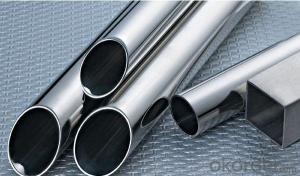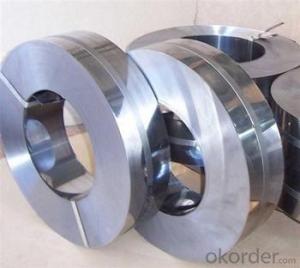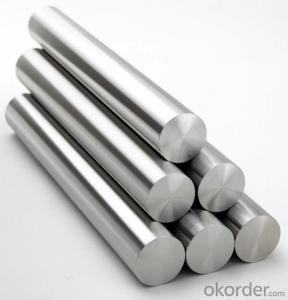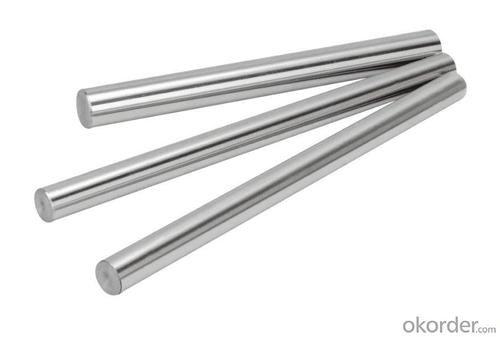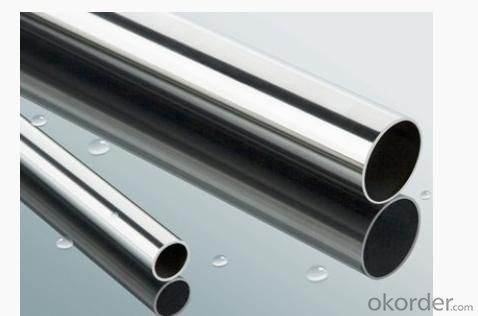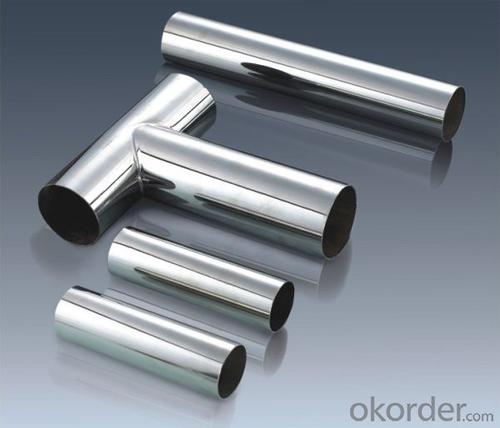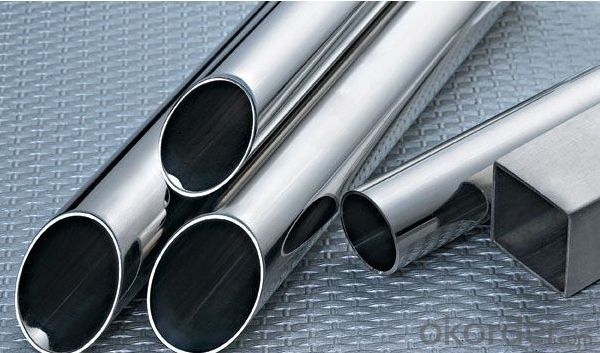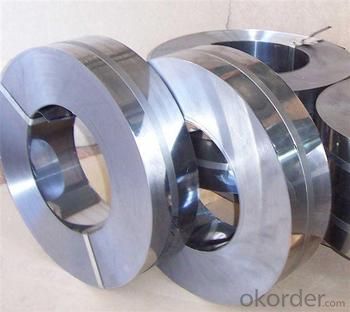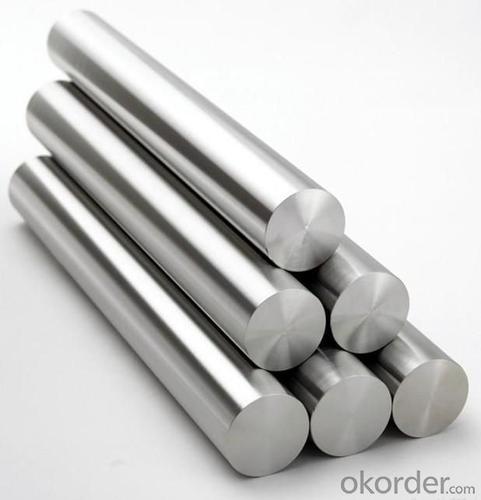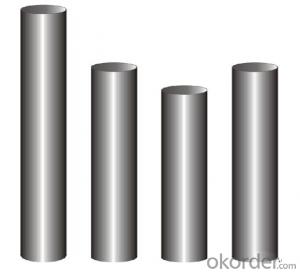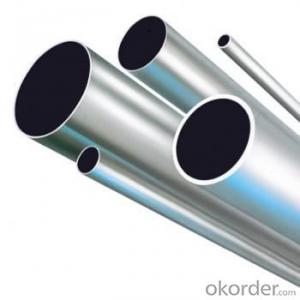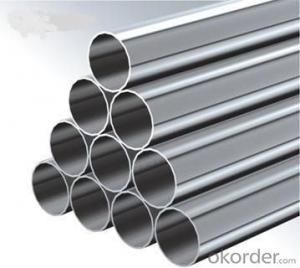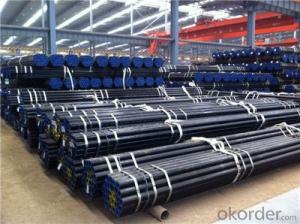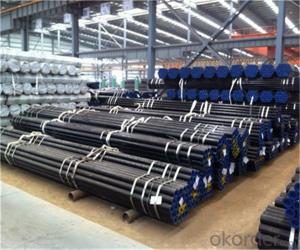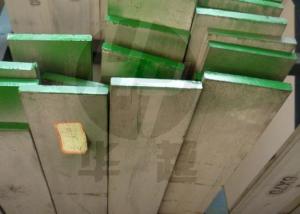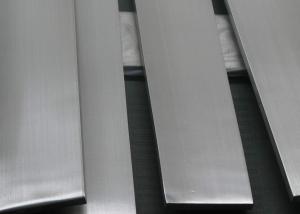Stainless Steel 304 tube with excellent quality
- Loading Port:
- Shanghai
- Payment Terms:
- TT OR LC
- Min Order Qty:
- 10000 m.t
- Supply Capability:
- 1000000 m.t/month
OKorder Service Pledge
OKorder Financial Service
You Might Also Like
Stainless steel 304
Product Information of stainless steel:
- Width: customized
- Surface: 2B/BA/6K/8K/NO.4/HL.
- Thickness: 0.3mm - 3.0mm.
- Delivery time: 15-25 days.
- Length : As customer's requirement.
- Package: With export standard packing or customize packing.
- Payment Terms: T/T (30% deposit pay in advance and the balance before shipment) , irrevocable L/C.
Company advantage:
-Top Equipments, Leading In The Industry.
- Professional Team, Leading Innovation.
- Huge Supply Capacity Advantage, Timely and Effective Delivery.
- Modern Logistic, Fact and Convenient.
- Precise Manufacturing, Exquisite Products.
- Serve People, Create Value.
- Dimensional Network, Powerful Expansion.

- Q: How are stainless steel pipes manufactured?
- Stainless steel pipes are manufactured through a multi-step process that involves various stages of fabrication and shaping. The manufacturing process begins with the selection of high-quality stainless steel, usually in the form of sheets or coils. These steel sheets are thoroughly inspected for any defects or imperfections before being cut into the desired length or size. Once the sheets are cut, they are fed into a forming machine where they are rolled into the shape of a cylindrical tube. This process is known as cold rolling, and it helps to give the pipe its initial shape and thickness. The rolled sheets are then welded together using either a high-frequency induction welding technique or a submerged arc welding method. Both methods ensure a strong and durable weld joint. After the welding process, the pipe goes through a series of finishing treatments to improve its appearance and physical properties. The first step is to remove any excess weld material using a trimming machine. This ensures a smooth and even surface along the length of the pipe. Next, the pipe is subjected to a heat treatment called annealing. Annealing helps to relieve internal stresses and improve the pipe's mechanical properties. It also enhances the corrosion resistance of the stainless steel. Following annealing, the pipe may undergo additional processes such as pickling and passivation. Pickling involves immersing the pipe in an acid solution to remove surface impurities and oxides. Passivation, on the other hand, involves treating the pipe with a chemical solution to create a protective oxide layer on its surface, enhancing its resistance to corrosion. Once the finishing treatments are complete, the pipes are cut to the desired length and undergo a final inspection for quality assurance. This involves checking dimensions, surface finish, weld integrity, and overall appearance. In conclusion, stainless steel pipes are manufactured through a meticulous process that includes cutting, forming, welding, finishing treatments, and quality control measures. This ensures that the pipes meet the required standards and exhibit excellent properties such as strength, durability, and corrosion resistance.
- Q: Are stainless steel pipes fire-resistant?
- Yes, stainless steel pipes are fire-resistant. Stainless steel is known for its high melting point and excellent resistance to fire. It does not readily ignite or contribute to the spread of fire, making it a safe material for various applications, including pipes. Stainless steel pipes can withstand high temperatures without significant deformation or structural damage, providing an added level of safety in fire-prone environments.
- Q: Are stainless steel pipes suitable for automotive applications?
- Yes, stainless steel pipes are suitable for automotive applications. Stainless steel is a highly durable and corrosion-resistant material, making it ideal for use in automobile components that are exposed to harsh environments, such as exhaust systems and catalytic converters. Stainless steel pipes offer excellent resistance to heat, chemicals, and abrasion, ensuring long-lasting performance in automotive applications. Additionally, stainless steel is lightweight and has high strength, which contributes to improved fuel efficiency and overall vehicle performance.
- Q: Can stainless steel pipes be used for hydrogen fuel cell systems?
- Yes, stainless steel pipes can be used for hydrogen fuel cell systems. Stainless steel is highly resistant to corrosion, making it a suitable material for transporting hydrogen gas, which can be corrosive. Additionally, stainless steel offers good strength and durability, making it a reliable choice for fuel cell systems.
- Q: Can stainless steel pipes be insulated with PVC?
- No, stainless steel pipes cannot be insulated with PVC.
- Q: What is the difference between 304J4 and 316J4 stainless steel pipes?
- The main difference between 304J4 and 316J4 stainless steel pipes lies in their composition and corrosion resistance properties. 304J4 stainless steel contains a higher percentage of chromium and nickel, making it more resistant to corrosion in general environments. On the other hand, 316J4 stainless steel has additional molybdenum content, which enhances its resistance to corrosive agents such as chlorides, making it particularly suitable for applications in marine environments or those involving exposure to chemicals. Therefore, the choice between these two types of stainless steel pipes depends on the specific requirements of the intended application in terms of corrosion resistance.
- Q: What are the different grades of stainless steel used in pipe manufacturing?
- There are several different grades of stainless steel that are commonly used in pipe manufacturing. These grades are designated by a number system, with the most common grades being 304, 316, and 430. Grade 304 stainless steel is the most widely used and versatile grade of stainless steel. It contains a high level of chromium and nickel, which gives it excellent corrosion resistance and durability. This grade is ideal for applications where the pipe may come into contact with corrosive substances or environments, such as in chemical processing plants or marine applications. Grade 316 stainless steel is similar to grade 304, but it contains a higher level of molybdenum. This additional element enhances the grade's corrosion resistance, particularly against chlorides and other harsh chemicals. Grade 316 is often used in industries such as pharmaceuticals, food processing, and coastal areas where saltwater exposure is common. Grade 430 stainless steel is a lower-grade option compared to 304 and 316. It has a lower level of nickel and does not contain molybdenum. While it still offers good corrosion resistance in many environments, it is not as resistant to certain corrosive agents as the higher grades. Grade 430 is commonly used in applications where cost is a primary consideration, such as for exhaust systems or decorative purposes. Other grades of stainless steel, such as 201 and 409, may also be used in pipe manufacturing, depending on the specific requirements of the application. Each grade has its own unique properties and characteristics, making it important to select the appropriate grade based on the desired performance, corrosion resistance, and cost considerations.
- Q: What is the maximum temperature that stainless steel pipes can handle?
- The maximum temperature that stainless steel pipes can handle depends on the specific grade of stainless steel being used. Generally, most stainless steel pipes can withstand temperatures up to 1500°F (815°C) without significant deformation or damage. However, there are specialized grades of stainless steel that can withstand even higher temperatures, reaching up to 2200°F (1204°C). It is important to consult the manufacturer or engineer for the specific stainless steel grade and intended application to determine the precise maximum temperature limit.
- Q: Stainless steel tube, also known as why tube?
- According to the end of the pipe can be divided into light pipe and wire tubeThe tube can be divided into ordinary tube and special thread tube
- Q: Are stainless steel pipes suitable for solar power plants?
- Yes, stainless steel pipes are suitable for solar power plants. Stainless steel is known for its excellent corrosion resistance and durability, making it an ideal material for various applications in solar power plants. These pipes can withstand harsh weather conditions, high temperatures, and exposure to sunlight and moisture without corroding or degrading. Additionally, stainless steel pipes have high thermal conductivity, which allows for efficient heat transfer in solar thermal systems. They are also lightweight and easy to install, making them a convenient choice for solar power plant construction. Overall, stainless steel pipes provide long-lasting performance and reliability in solar power plants, making them a suitable choice for this application.
Send your message to us
Stainless Steel 304 tube with excellent quality
- Loading Port:
- Shanghai
- Payment Terms:
- TT OR LC
- Min Order Qty:
- 10000 m.t
- Supply Capability:
- 1000000 m.t/month
OKorder Service Pledge
OKorder Financial Service
Similar products
Hot products
Hot Searches
Related keywords
